- Details
- Hits: 3038
Deaths and adverse events in Uganda
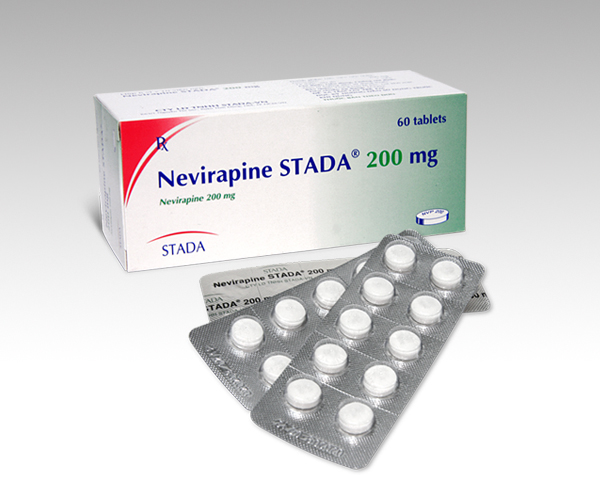 The United States National Institutes of Health (NIH) began studies on mother-to-child transmission of HIV in Uganda in 1997. A single dose of nevirapine was given to labouring mothers and to their newborn child. Those studies were reported to have lowered transmission of HIV by 50% [1].
The United States National Institutes of Health (NIH) began studies on mother-to-child transmission of HIV in Uganda in 1997. A single dose of nevirapine was given to labouring mothers and to their newborn child. Those studies were reported to have lowered transmission of HIV by 50% [1].
But by 2002, problems with the US-funded drug trials had been disclosed by an NIH auditor, medical experts and Boehringer Ingelheim, the makers of nevirapine [2].
The NIH hired Westat-Corp, a professional medical auditing firm to audit the Ugandan testing sites. Westat-Corp's report stated [3], “It appears likely in fact, that many adverse events and perhaps a significant number of serious adverse events for both mother and infant may not have been collected or reported in a timely manner.” The “adverse events ” included 14 deaths and thousands of severe reactions that went undisclosed. The NIH subsequently recorded all deaths and the majority of adverse reactions, but blamed them on the poor health of the patients, not on nevirapine.
Read more: NIH-Sponsored AIDS Drugs Tests on Mothers and Babies
- Details
- Hits: 3142
The corporate takeover of reproduction started with the medicalisation of childbearing and childbirth. This is now reaching its logical conclusion with the spectre of human cloning and germ line genetic manipulation. Women everywhere can regain control of the reproductive process and more, by holding on to their midwife.
Midwife vs. doctor
The 'mid' in 'midwife' originates from the German word, 'mit', meaning 'with'. A midwife is literally the woman who is with the wife for the birthing of her child.
Midwife vs doctor
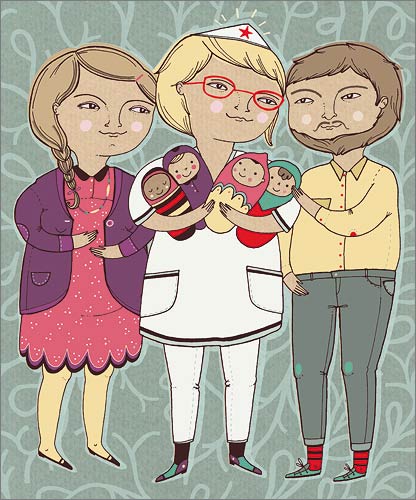 When a woman lets go of her midwife, she is letting go of womanhood, and turning her back on a tradition that respects and values her womanhood and the infant she brings into the world. She is relinquishing responsibility and control of her own life-process that is also part of the cycle of renewal and regeneration of the community to which she belongs. Most of all, she loses an essential support system that helps to bring gestation to fruition, that nurtures mother and child both before, during and long after birthing.
When a woman lets go of her midwife, she is letting go of womanhood, and turning her back on a tradition that respects and values her womanhood and the infant she brings into the world. She is relinquishing responsibility and control of her own life-process that is also part of the cycle of renewal and regeneration of the community to which she belongs. Most of all, she loses an essential support system that helps to bring gestation to fruition, that nurtures mother and child both before, during and long after birthing.
Conversely, as the woman places herself in the hands of the medical doctor, she becomes a passive instrument of reproduction, to be invaded and probed by an increasing armoury of other instruments, to be mutilated in the name of efficiency and progress. Her 'labour' turns painful and unproductive until it becomes an illness that has to be treated. She is rendered unconscious while the child is wrenched from her birth canal with forceps, or straight from her cut-open womb. Mother and 'newborn' are registered in the official statistics, and, except for further medical tests and interventions, abandoned to their own devices.
That is the powerful message in Naomi Wolf's new book [1], written from her personal experience of motherhood in the United States. The trend towards making childbearing and childbirth a medical condition in industrialised countries has been spreading to the Third World with devastating consequences.
- Details
- Hits: 3723
The anti-HIV drugs, AZT and nevirapine, are known to be highly toxic and to cause serious side effects. Despite this, they are still being used in clinical trials involving some of the most vulnerable members of society, pregnant women and newborn babies in Africa, and orphans in the United States.
Profile of toxic drugs
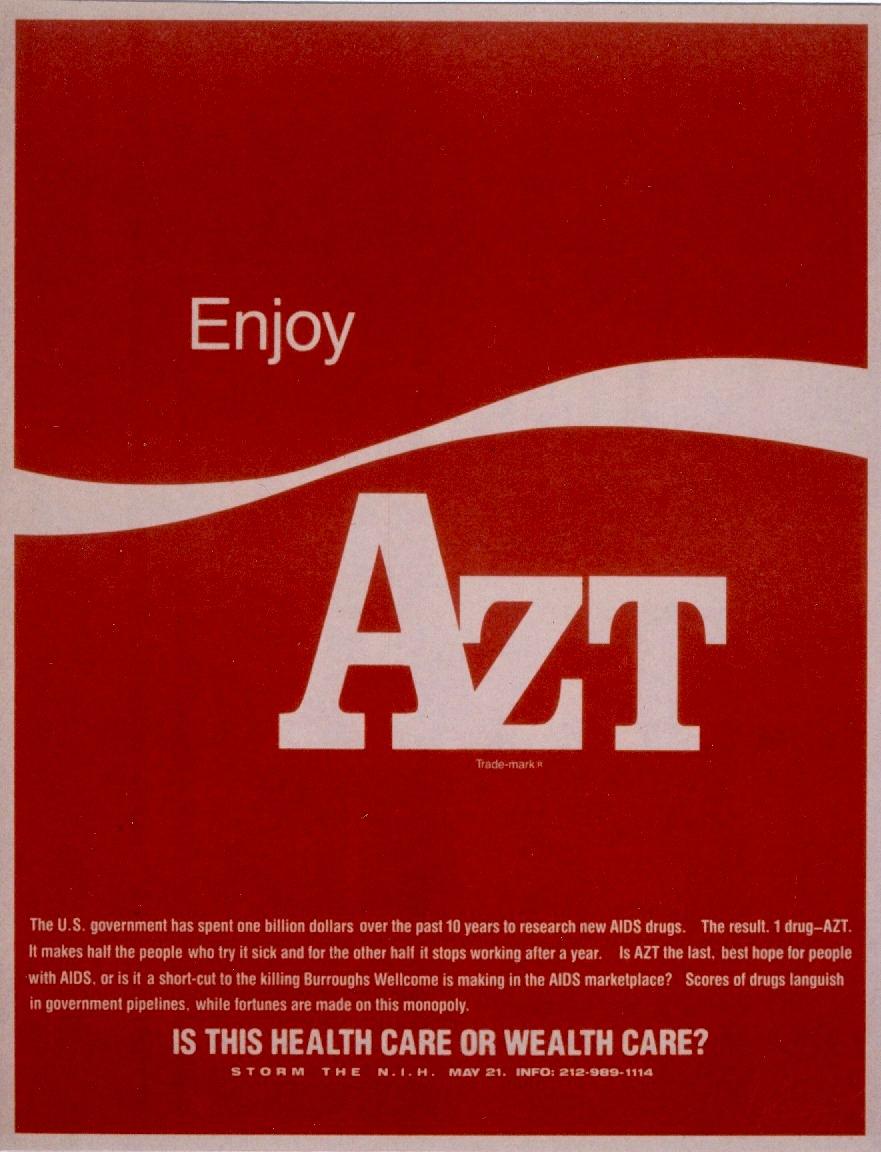 AZT was the first antiretroviral drug used to treat HIV positive men in the US at the start of the global pandemic. By 1994, at the height of the use of AZT, AIDS related deaths in the US had risen from eleven thousand in 1986 to nearly fifty thousand. The toxic effects of AZT or zidovudine have been documented as haematological toxicity (blood poisoning), severe anaemia (blood loss)[1], and symptomatic myopathy (muscle wasting ) [2]. AZT is a nucleoside analogue reverse transcriptase inhibitor (NRTI) that suppresses cell division and the formation of new blood in the bone marrow, which can cause anaemia and bone marrow death. AZT is reported to have caused death in pregnant mothers, birth defects, pancreatic failure, spontaneous abortion, developmental damage and death in children and adults [3]. AZT is also implicated in cancer [4].
AZT was the first antiretroviral drug used to treat HIV positive men in the US at the start of the global pandemic. By 1994, at the height of the use of AZT, AIDS related deaths in the US had risen from eleven thousand in 1986 to nearly fifty thousand. The toxic effects of AZT or zidovudine have been documented as haematological toxicity (blood poisoning), severe anaemia (blood loss)[1], and symptomatic myopathy (muscle wasting ) [2]. AZT is a nucleoside analogue reverse transcriptase inhibitor (NRTI) that suppresses cell division and the formation of new blood in the bone marrow, which can cause anaemia and bone marrow death. AZT is reported to have caused death in pregnant mothers, birth defects, pancreatic failure, spontaneous abortion, developmental damage and death in children and adults [3]. AZT is also implicated in cancer [4].
Closely associated with AZT is a newer antiretroviral drug called nevirapine or viramune. Its documented side effects are potentially life threatening hepatoxicity (liver poisoning) [5] and a severe skin reaction known as Stevens Johnson Syndrome [6]. Nevirapine is a non-nucleoside reverse transcriptase inhibitor (NNRTI) that binds directly to reverse transcriptase to prevent RNA conversion to DNA and is used in conjunction with other drugs.
HIV orphans force-fed drugs
On 30 November 2004, the BBC screened a documentary that exposed drugs trials of AZT and nevirapine on the orphan population of HIV-positive children in New York City. The film, Guinea Pig Kids , by BBC reporter Jamie Doran, identified Glaxo- SmithKline as one of the companies supplying the drugs used on children as young as three months old.
- Details
- Hits: 2681
Teenage mums especially need a healthy diet.
 UK teenage pregnancy rates are the highest in Western Europe. Over 56,000 babies are born to teenage mothers annually, double the number in Germany, three times that in France and six times that in the Netherlands. Young, pregnant women also tend to have diets that are nutritionally deficient for them as well as their unborn babies.
UK teenage pregnancy rates are the highest in Western Europe. Over 56,000 babies are born to teenage mothers annually, double the number in Germany, three times that in France and six times that in the Netherlands. Young, pregnant women also tend to have diets that are nutritionally deficient for them as well as their unborn babies.
The Maternity Alliance and The Food Commission interviewed 46 under 18-year-olds about their diet for a report on teenage pregnancy. They found that young women faced huge obstacles in obtaining an adequate diet, especially when living away from home.
Nutritional samples taken from a number of participants in the study showed that their food intake did not even match their energy requirements. The standard fare consisted of high levels of saturated fats and salt from crisps, bagged snacks, along with high levels of sugar from breakfast cereals and carbonated drinks. Fruit and vegetables were crucially lacking from their daily diet, resulting in a deficiency of vitamin A, C, magnesium and zinc.
- Details
- Hits: 3111
UK herbal medicines market stands at £240 million per year as an estimated 15 million people choose herbal remedies for everyday ailments. Figures for the global market top $60 billion per year and rising. But is demand for TM/CAM resulting in over-harvesting of the world's most effective herbal medicines?
Medicinal plants at risk
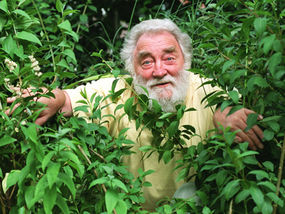 The World Health Organisation estimates that 75-80% of the worlds' population use plant medicines either in part or entirely for health care. For many, plant medicines are a necessity, as costly pharmaceutical drugs are unaffordable; and for others, the desire to seek natural alternatives with few side effects is preferable to using conventional drugs. This dichotomy has led to important medicinal plants such as Goldenseal (Hydrastis canadensis), traditionally used for a range of immune deficiency disorders becoming the fifth most endangered species in the world. In Europe over 200 Medicinal and Aromatic Plants (MAPS) are on the endangered list.
The World Health Organisation estimates that 75-80% of the worlds' population use plant medicines either in part or entirely for health care. For many, plant medicines are a necessity, as costly pharmaceutical drugs are unaffordable; and for others, the desire to seek natural alternatives with few side effects is preferable to using conventional drugs. This dichotomy has led to important medicinal plants such as Goldenseal (Hydrastis canadensis), traditionally used for a range of immune deficiency disorders becoming the fifth most endangered species in the world. In Europe over 200 Medicinal and Aromatic Plants (MAPS) are on the endangered list.
Despite attempts by a number of conservation groups such as World Wildlife Fund, The World Conservation Union and Convention on Trade Endangered Species (CTES), further support is desperately needed to save plant species from becoming extinct.
David Bellamy, professor and celebrity naturalist, spoke out in defence of herbal medicine in February 2003 for the now defunct Natural Medicines Society at Neal's Yard in London.
“I am delighted to help spearhead a campaign to put herbal medicine back where it deserves to be an important part of mainstream healing practice in the 21st Century,” Bellamy said.
- Details
- Hits: 4220
As hospital acquired infections soar, and bacteria become resistant to the last resort antibiotics, researchers come to the rescue with startling discoveries on an ancient remedy.
Teenager saved by honey
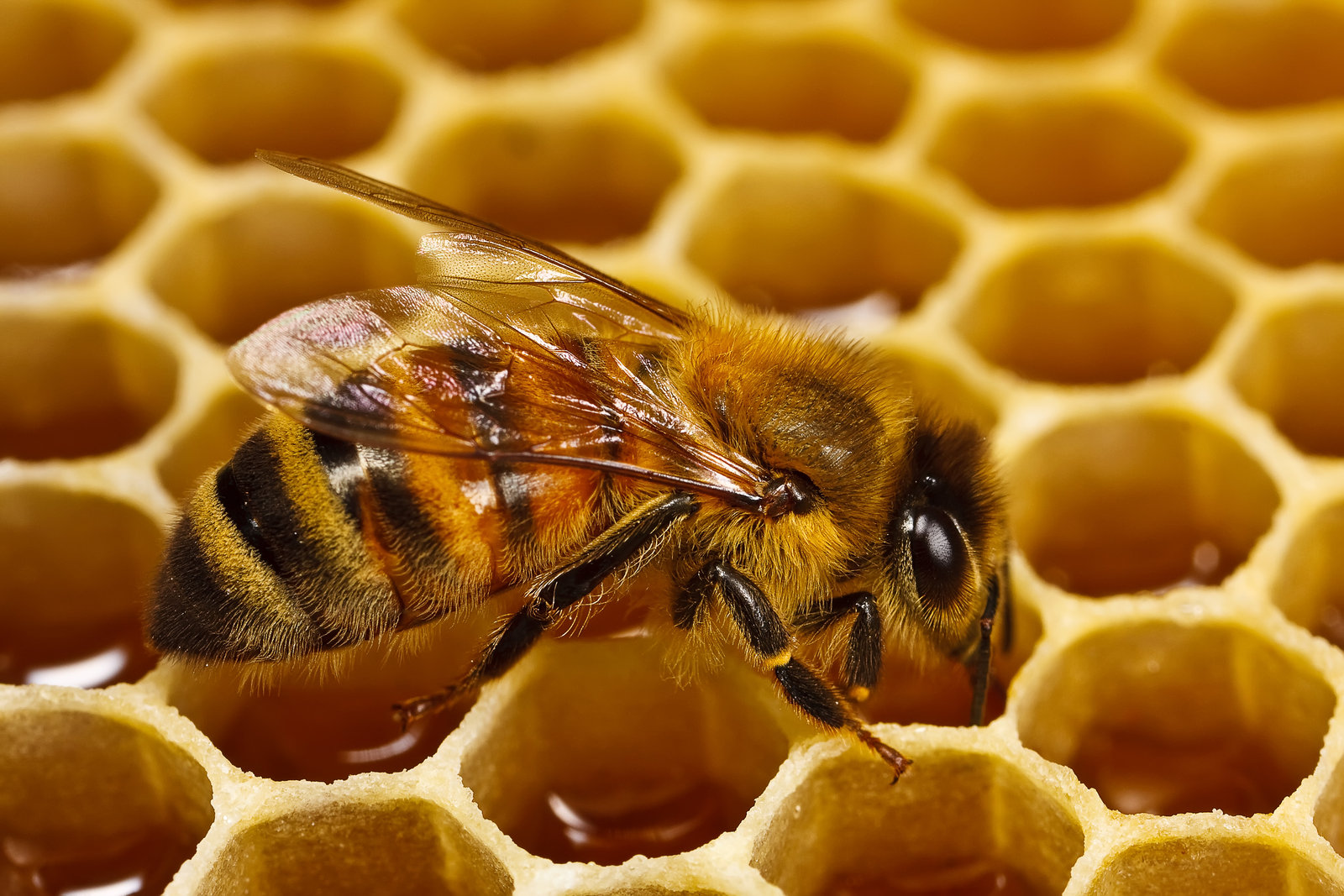 Aaron Phipps nearly died of bacterial meningitis. His lower legs and fingertips were amputated because of septicaemia (blood poisoning). Numerous skin grafts failed to heal his wounds. Nine months had passed with no cure for the infected lesions around his bone-protruding sores. The smell alone was enough to terrify the brave teenager. Luckily, his nurse contacted the University of Wales, Institute of Cardiff where experiments with honey as a wound dressing were underway [1]. The effect of honey on Aaron's body was almost immediate. Honey acts as both bacteriostatic, slowing down microbial growth, and bactericide, killing it. It also assists in new tissue growth. The young man said, "The honey healed my legs enough to start wearing artificial limbs."
Aaron Phipps nearly died of bacterial meningitis. His lower legs and fingertips were amputated because of septicaemia (blood poisoning). Numerous skin grafts failed to heal his wounds. Nine months had passed with no cure for the infected lesions around his bone-protruding sores. The smell alone was enough to terrify the brave teenager. Luckily, his nurse contacted the University of Wales, Institute of Cardiff where experiments with honey as a wound dressing were underway [1]. The effect of honey on Aaron's body was almost immediate. Honey acts as both bacteriostatic, slowing down microbial growth, and bactericide, killing it. It also assists in new tissue growth. The young man said, "The honey healed my legs enough to start wearing artificial limbs."
Honey is mentioned in ancient medical texts. Aristotle recommends that honey collected in specific regions and seasons should be used for treating particular ailments [2]. Honey has been known as a remedy for burns for thousands of years, but only recently revealed its potential for completely inhibiting the growth of some of the most infectious, drug-resistant pathogens [3].








